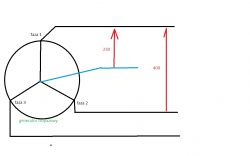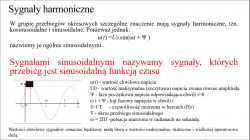Hello.
I have a question, what is phase in alternating current? (I mean such a simple phase that is presented at the beginning of learning alternating current)
The term "phase" is portrayed in books and on websites, but nowhere is it explained what it actually is. On some English site I found the statement that "A phase is a given point in time in a sinusoidal wave" and nothing else. Maybe someone will explain to me or confirm whether this statement is true.
Thank you in advance
I have a question, what is phase in alternating current? (I mean such a simple phase that is presented at the beginning of learning alternating current)
The term "phase" is portrayed in books and on websites, but nowhere is it explained what it actually is. On some English site I found the statement that "A phase is a given point in time in a sinusoidal wave" and nothing else. Maybe someone will explain to me or confirm whether this statement is true.
Thank you in advance




